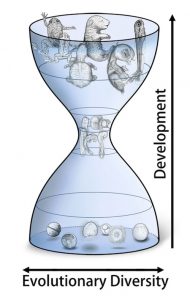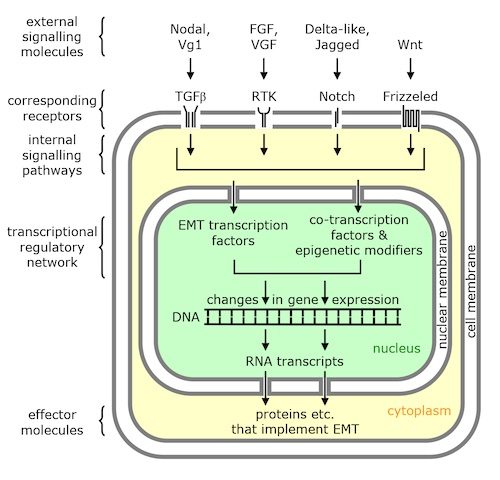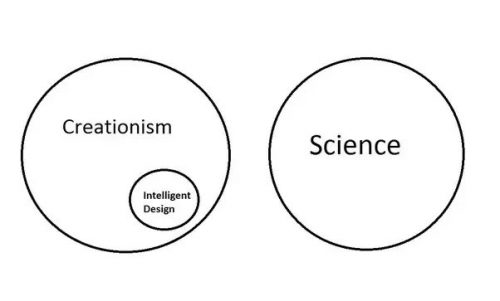Yuck. Stephen Meyer addressed me on Twitter — that site really has become a cesspool. Anyway, he claimed I hide my evilutionist views behind complexity, so I had to address that. Because it was so stupid.
Also, I’m really annoyed when they drag out deceased scientists who despised them and prop them up as arguments against evolution.










